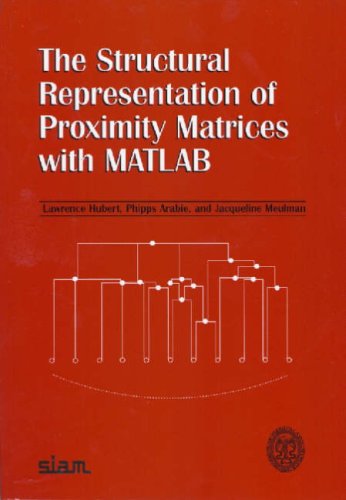

Most ebook files are in PDF format, so you can easily read them using various software such as Foxit Reader or directly on the Google Chrome browser.
Some ebook files are released by publishers in other formats such as .awz, .mobi, .epub, .fb2, etc. You may need to install specific software to read these formats on mobile/PC, such as Calibre.
Please read the tutorial at this link: https://ebookbell.com/faq
We offer FREE conversion to the popular formats you request; however, this may take some time. Therefore, right after payment, please email us, and we will try to provide the service as quickly as possible.
For some exceptional file formats or broken links (if any), please refrain from opening any disputes. Instead, email us first, and we will try to assist within a maximum of 6 hours.
EbookBell Team

4.8
44 reviewsThroughout the book, two kinds of proximity information are analyzed: one-mode and two-mode. One-mode proximity data are defined between the objects from a single set and are usually given in the form of a square symmetric matrix; two-mode proximity data are defined between the objects from two distinct sets and are given in the form of a rectangular matrix. In addition, there is typically the flexibility to allow the additive fitting of multiple structures to either the given one- or two-mode proximity information.
This book is divided into three main sections, each based on the general class of representations being discussed. Part I develops linear and circular unidimensional and multidimensional scaling using the city-block metric as the major representational device. Part II discusses characterizations based on various graph-theoretic tree structures, specifically those referred to as ultrametrics and additive trees. Part III uses representations defined solely by order properties, particularly emphasizing what are called (strongly) anti-Robinson forms.
Audience This book is intended to provide an applied documentation source for a collection of M-files of use to applied statisticians and data analysts, as well as bioinformaticians, chemometricians, and psychometricians. Industrial engineers, quantitative psychologists, and behavioral and social scientists will also find the content of this book beneficial.